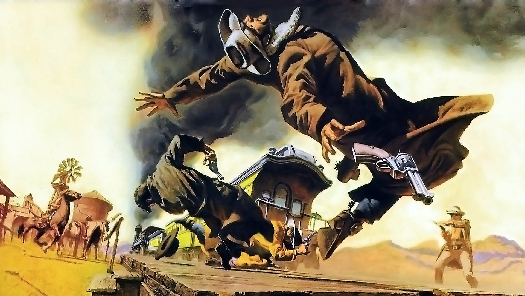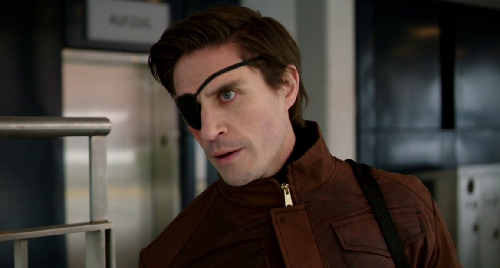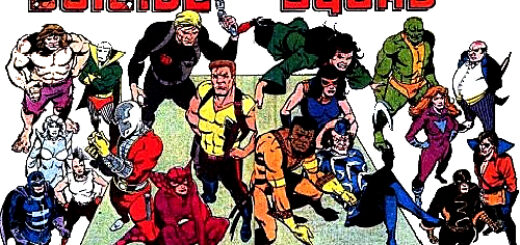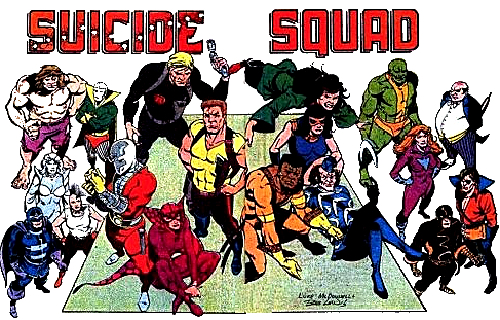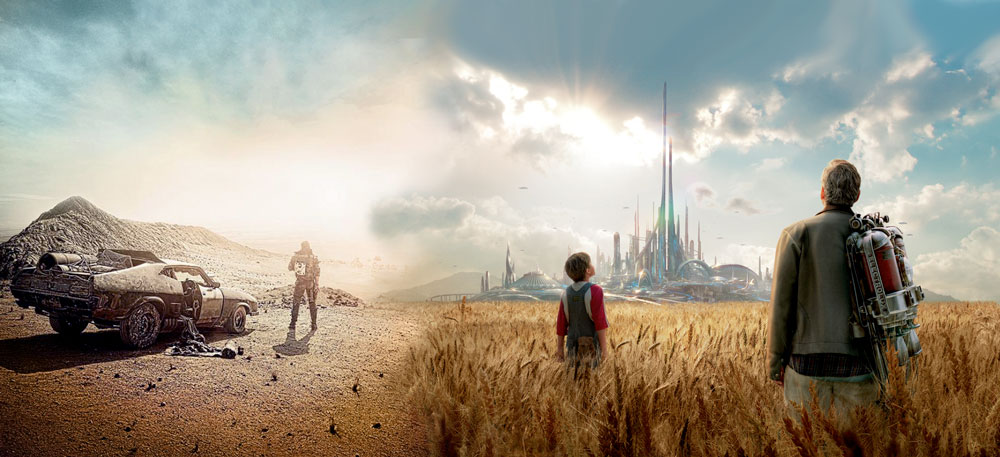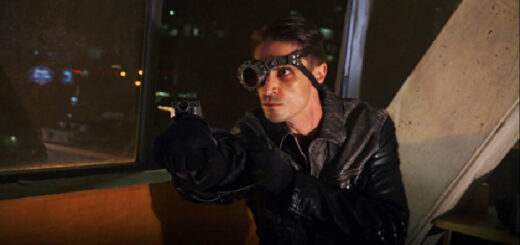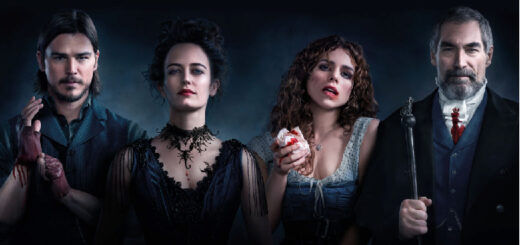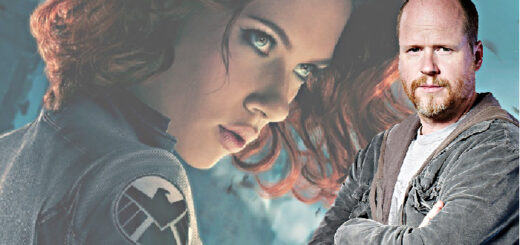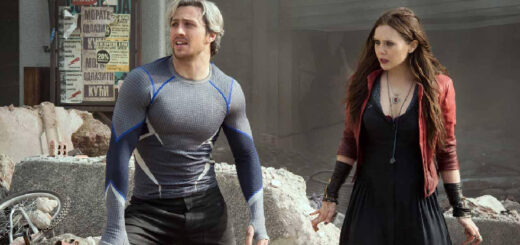John Ostrander: A Return To Those Thrilling Days…
I came late to the western. Oh, I saw many of them when I was a kid growing up in the 50s and early 60s but they were Roy Rogers, Hopalong Cassidy, Gene Autry and others of that ilk. Saturday morning horse fodder. Later the westerns got more sophisticated with Gunsmoke, The Rifleman (a personal fave), Wanted: Dead or Alive, Have Gun Will Travel, Rawhide and more but I wound up cowboyed out for a long time.
My late wife Kim Yale was a big Westerns fan and it was she who got me hooked on them. She taught me the difference between the different directors – primarily John Ford, Budd Boetticher, Anthony Mann and Howard Hawks – and the brilliance of some of the films, chief among them The Searchers, Winchester 73, Shane, Red River and others.
And then came the guy who broke the western mold: Sergio Leone. He may be best known for the Dollars trilogy – A Fistful of Dollars, For a Few Dollars More, and The Good, The Bad, and the Ugly. They also made a star of Clint Eastwood. The other night was I came upon my DVD of Once Upon A Time In The West and sat down to watch it again.
There are some who believe Once Upon A Time is Leone’s best film, his masterpiece. There are some who find it to be overly long, confusing, and his most stylistically excessive film. I’ve seen it described as epic and operatic. Some others find it slow and mannered. In Europe, where the film was released in its original length of 166 minutes, it was an economic success. In America, where distributor Paramount cut the film to 145 minutes, it was a flop.
For me, Once Upon A Time in the West may be my favorite “spaghetti” western and one of my fave of all westerns. It has a superb cast with some actors cast way against type. Jason Robards Jr plays Cheyenne, a bandit and very tough guy. The real revelation in the movie, however, is Henry Fonda who plays Frank, a really evil sadistic killer. Fonda’s startling electric blue eyes are cold and hard. The first time we meet him, he shoots and kills a boy of about 10 with a slight sadistic smile as he does so. It’s incredibly chilling. Fonda was known for playing good guys and heroic types, with the exception of Fort Apache where he plays an arrogant son of a bitch. But even there, it’s nothing compared to the character of Frank who is just one of the coldest and evilest villains I’ve seen in film.
My Mary has suggested that Robards’ Cheyenne is a Coyote type character, a trickster in Native American folklore. I think that’s accurate. He brings a slight bit of humor to the film. There’s a gag involving a gun in a boot that’s one of my favorite moments in this or any film.
A character known only as Harmonica is played by Charles Bronson. I find Bronson most effective when he has only a handful of lines as he does here (as well as in Hard Times). There’s a scarcity of dialogue in the film as it is and Bronson has the least of all but he makes the most of them. He’s perfect as the man seeking vengeance. I read somewhere that Clint Eastwood was originally offered the part but turned it down. That’s probably just as well; I can’t see him doing it better than Bronson.
Rounding out our foursome for this film is Claudia Cardinale. I don’t know if she was ever more beautiful than she was in this film. Her part, Jill McBain, is pivotal to the story. She’s a survivor, one with her own secrets and backstory and the story flows around her and her choices.
As far as I’m concerned there’s another major character in the film: Ennio Morricone and his score. Morricone provided the music to Leone’s other Westerns and here he creates his best one. Cheyenne, Harmonca, Frank and Jill all have their own specific themes. The music was actually written from the screenplay before it was filmed and was played during the filming. Leone let the music dictate the tempo of the scenes. Days after I watched it, the music is still echoing in my mind.
It’s the music and the very deliberate pacing and editing of the movie that gives the film its operatic feel. I don’t know if Leone could have gotten away with it today when everything is intense and quick cuts. He didn’t completely get away with it back then since the movie’s length panicked the Paramount executives who ordered cuts. I’m not sure that the generation today would sit for it; obviously, not everyone in my generation stood for it.
Once Upon A Time In the West demands that you meet it on its own terms, that you surrender to its pace and style. It is at the same time a very cynical and realistic look at the Old West while also being the telling of a myth, as the “Once Upon A Time. . .” of the title suggests. For me, the film is a masterpiece, Sergio Leone’s finest film, and one I will continue to watch again and again.

